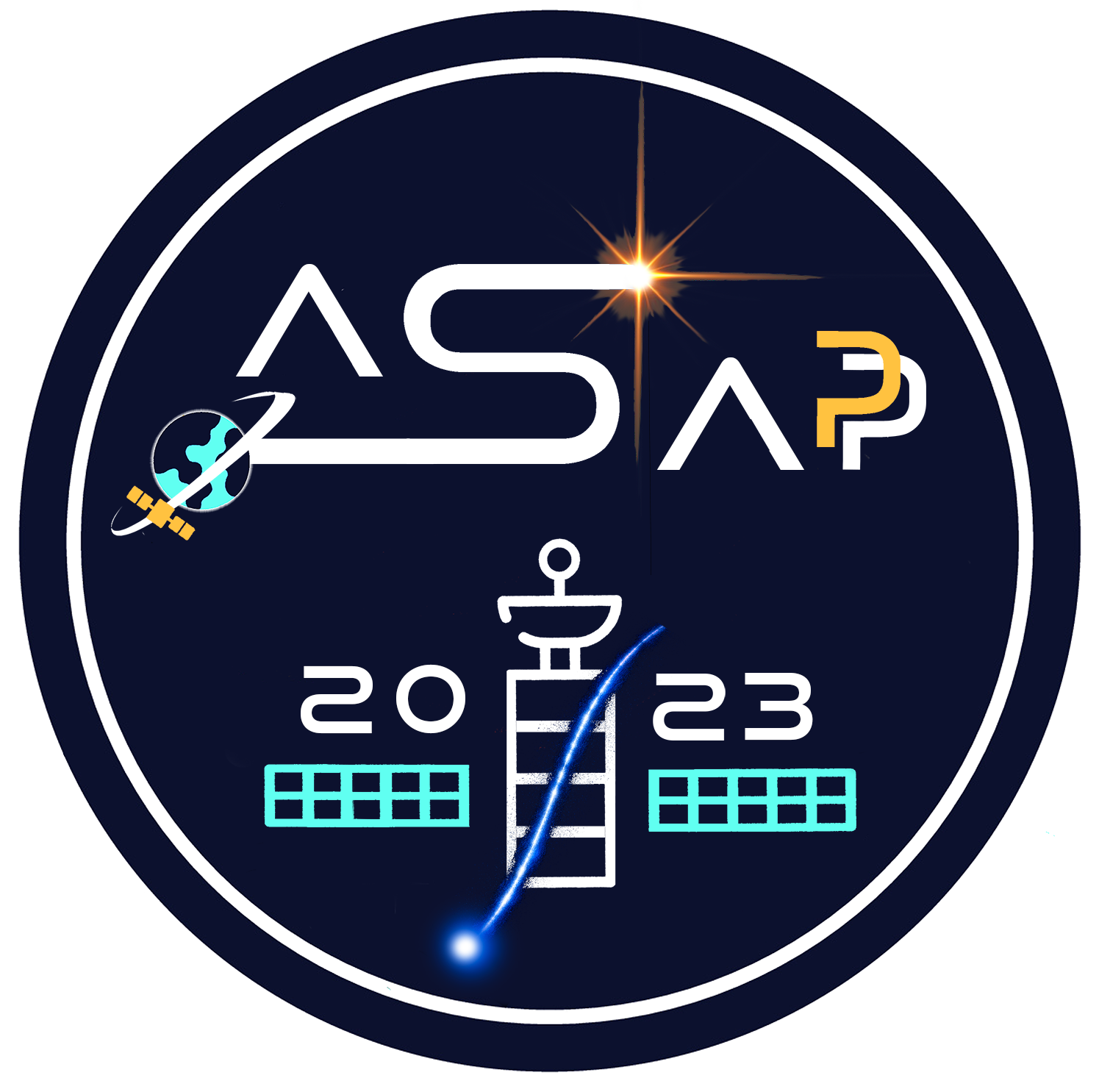Speaker
Description
The JEM-EUSO program aims to study ultra-high energy cosmic rays from space. To achieve this goal, it has realized a series of experiments installed on ground (EUSO-TA), various on stratospheric balloons (the most recent one is EUSO-SPB2) and inside the International Space Station (Mini-EUSO), in light of future missions such as K-EUSO and POEMMA.
At nighttime, they monitor the Earth’s atmosphere measuring fluorescence and Cherenkov light produced by atmospheric air showers generated both by very high-energy cosmic rays from outside the atmosphere and by tau neutrino decays. As the two light components differ in duration (order of microseconds for fluorescence light and a few nanoseconds for Cherenkov light) they each require specialized sensors and acquisition electronics. So far, the sensors used for the fluorescence camera are the Multi-Anode Photomultiplier Tubes (MAPMTs), while for the Cherenkov one, new systems based on Silicon PhotoMultipliers (SiPMs) have been developed.
In this work, a brief description of the experiments is followed by the discussion of the tests performed on the optical sensors. Particular attention is paid to the development, test and calibration conducted on SiPMs, also in view to optimize the geometry, mass, and weight in light of installation of mass-critical applications such as balloon- and space-borne instrumentation.
